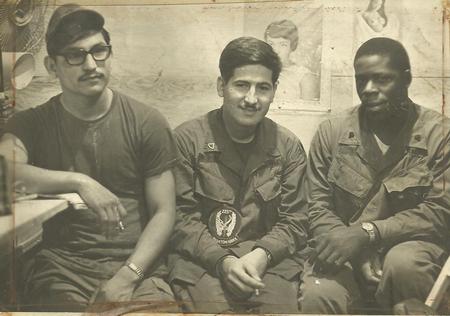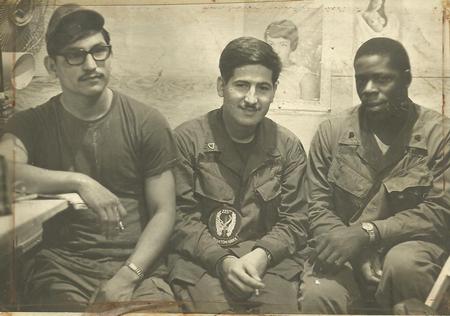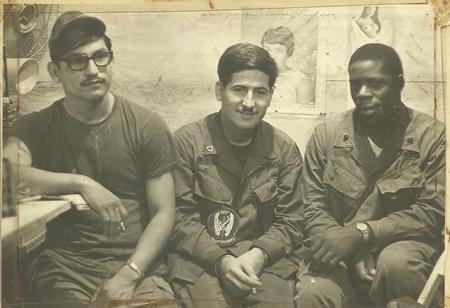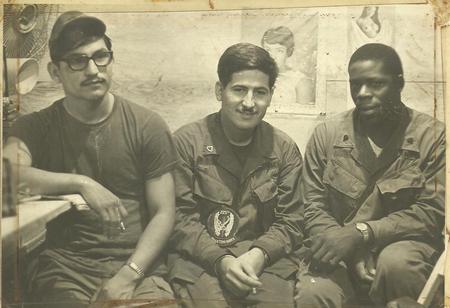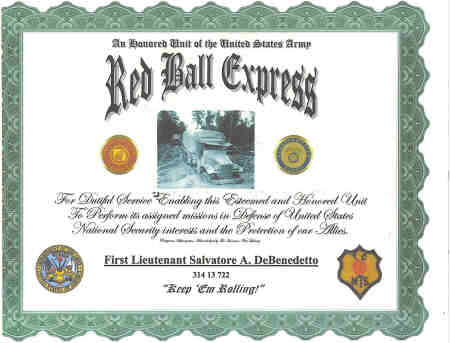ABOUT 225 Maintenance
- Formation and Role: 225 Maintenance Unit (MU) was part of the Royal Air Force (RAF) and played a crucial role in the maintenance and repair of military aircraft during and after World War II.
- Location: The unit was based at RAF Langar in Nottinghamshire, England, a significant logistics and maintenance hub for the RAF.
- World War II Contribution: During WWII, 225 MU was responsible for the storage, repair, and preparation of aircraft for operational squadrons, greatly aiding the RAF's wartime capabilities.
- Postwar Activities: After WWII, the unit continued to serve by refurbishing and maintaining surplus and returning aircraft, ensuring the RAF's fleet remained airworthy during peacetime restructuring.
- Aircraft Types: 225 MU handled a wide variety of aircraft, including Spitfires, Lancasters, Halifaxes, and later jet aircraft as technology advanced.
- Support to D-Day Operations: The unit played a behind-the-scenes but vital role in preparing fighter and bomber aircraft for the Normandy landings in June 1944.
- Technical Innovations: 225 MU developed several innovative repair and maintenance techniques, some of which were adopted across the RAF for improved aircraft readiness.
- Cold War Period: During the early Cold War, the unit adapted to new challenges, servicing early jet aircraft and supporting NATO operations in Europe.
- Community Impact: The presence of 225 MU brought significant economic and social changes to the local area, with many civilian workers supporting the unit's operations.
- Decommissioning and Legacy: 225 Maintenance Unit was eventually disbanded as part of postwar defense cuts, but its legacy remains in the RAF's commitment to aircraft excellence and the development of maintenance protocols still in use today.


